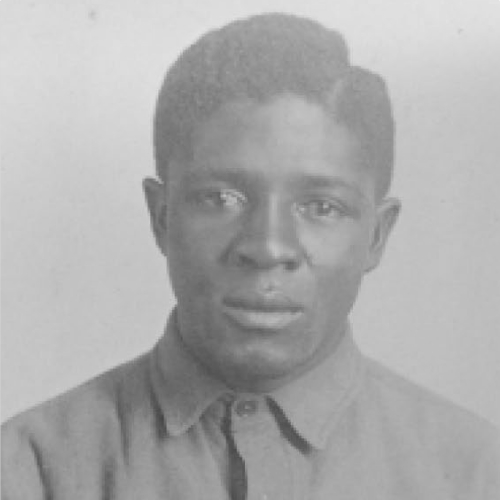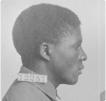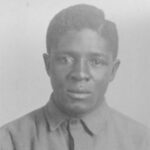Pvt. Callie Glenn
Callie Glenn was born in South Carolina on April 14, 1893 and worked with his father as a farmer until he enlisted in the army in October 1914. He was assigned to M Co, 3/24 Infantry. His personnel records indicate that he completed the third grade in school.
While he was incarcerated, Glenn wrote a letter to the JAG requesting clemency:
“The Hon. Lieut. Col. Samuel S. Ansell From: Callie Glenn. Subject: Commutation of Sentence Sir: I am a military prisoner an inmate of the US Federal Prison at Leavenworth, Kans. Sir, I would be thankful of you would use your influence in securing a commutation of my sentence. Sir I was tried and convicted by a military court at Fort Sam Houston Tex. on the 1st of Nov. 1917 on a charge of mutiny and sentenced to serve a life sentence. Sir I am innocent of the charge. The only thing I did was miss roll call on that night the 23rd of Aug 1917. I did no leave my camp the
shooting was so bad and I frightened and when roll call went I jest got in company [illeg] line and that why I missed my company roll call. I am a member of Company M, 24th Inft. Sir [illeg] had to be punished for the crime that [illeg] committed and they jest tried the ones that missed roll call and I was one of the men who missed roll call. Sir I had nothing that night of doing anything of this kind. Sir I hope you will look in my case deeply and see what can be done for me. I try to remain Sir Your Obedient servant Callie Glenn First private Co. M. 24 Inf”
Glenn sustained some superficial wounds during the night of the riot; buckshot in the left knee, left side of his face, and shoulder. His wounds were treated on the morning of 24 August by his battalion medical officer. Glenn said he had been struck by four projectiles; the Examining
Board at Leavenworth stated, “This man shows scars of bullet wounds near left eye, one near and above left scapula and two near left knee joint,” and concluded that his conduct during confinement was “reported as excellent.” Subsequent documents on his case repeatedly refer to his gunshot wounds as prima facie evidence that he was an active participant in the riot. Glenn himself claimed he was shot in the chaos in camp that night at about 2000 hrs.
In April 1924, a review of his case reduced his sentence to thirty years imprisonment.


